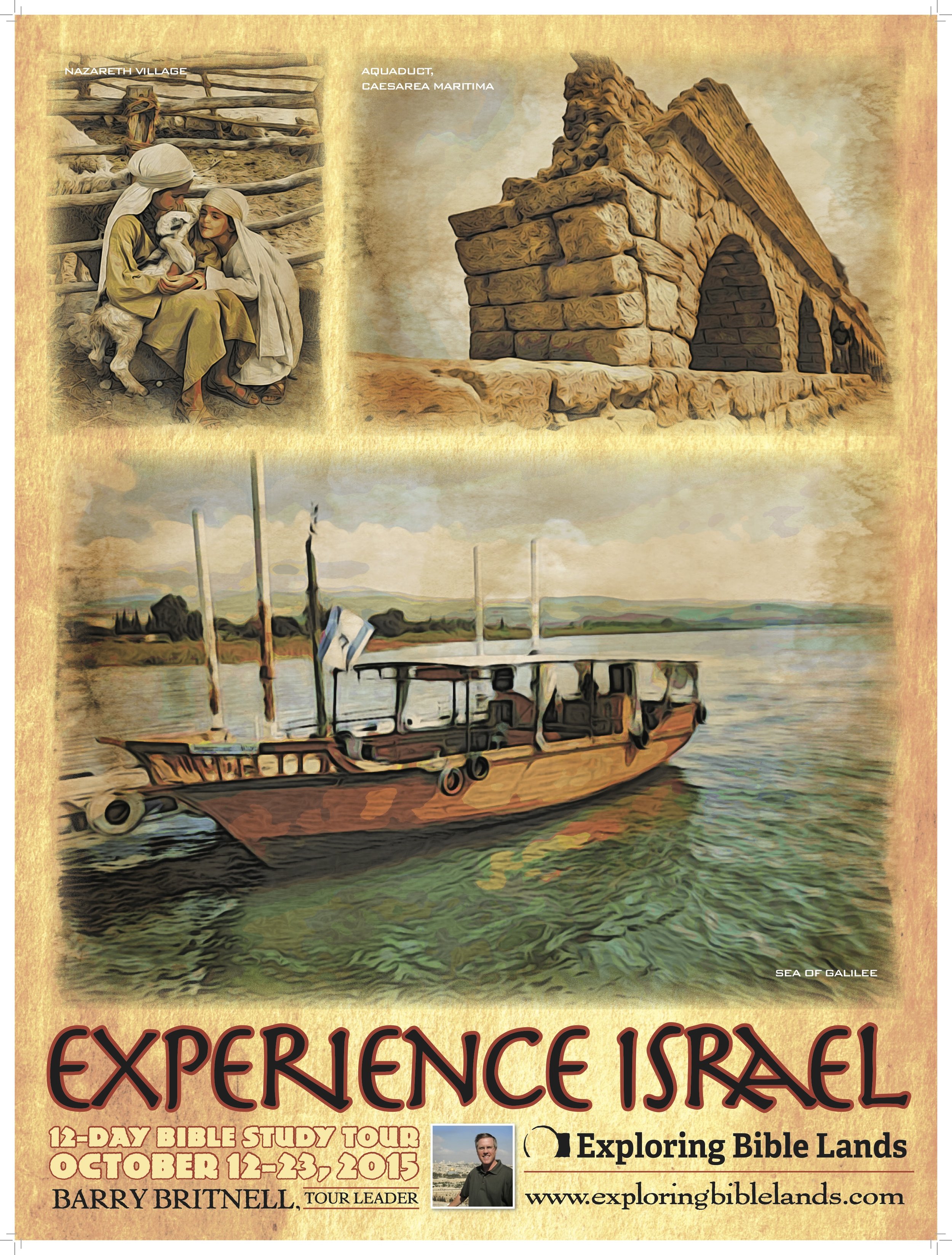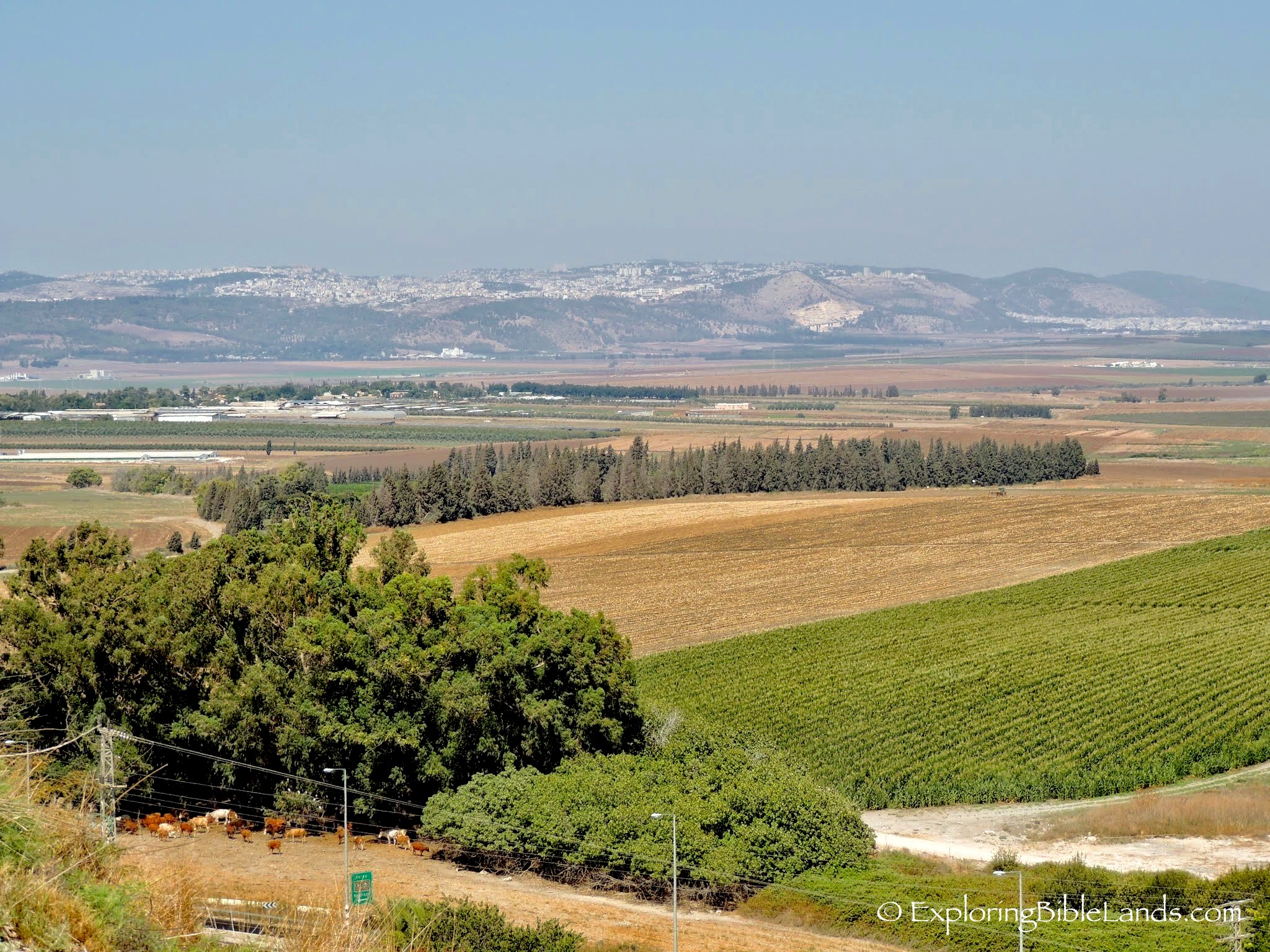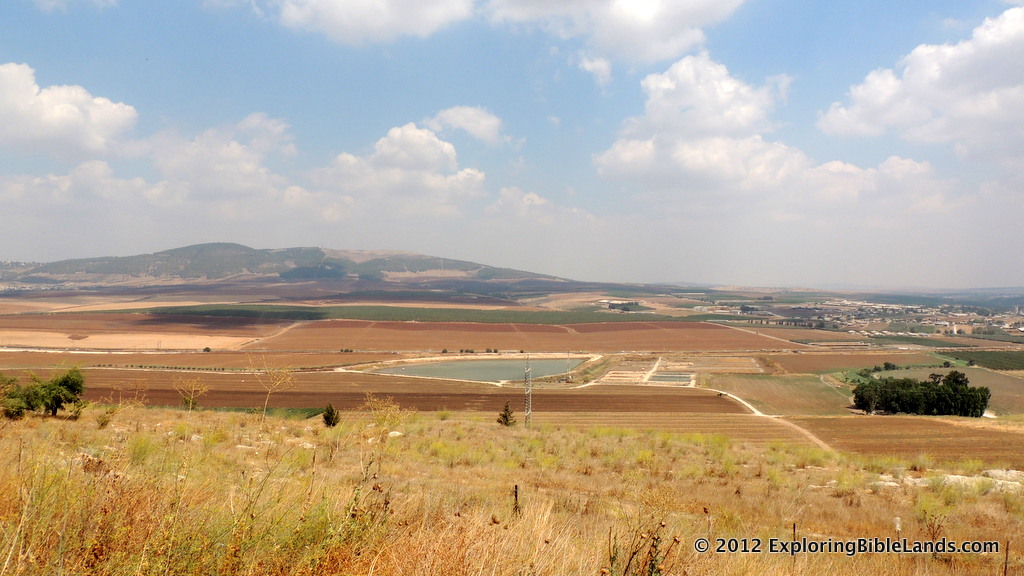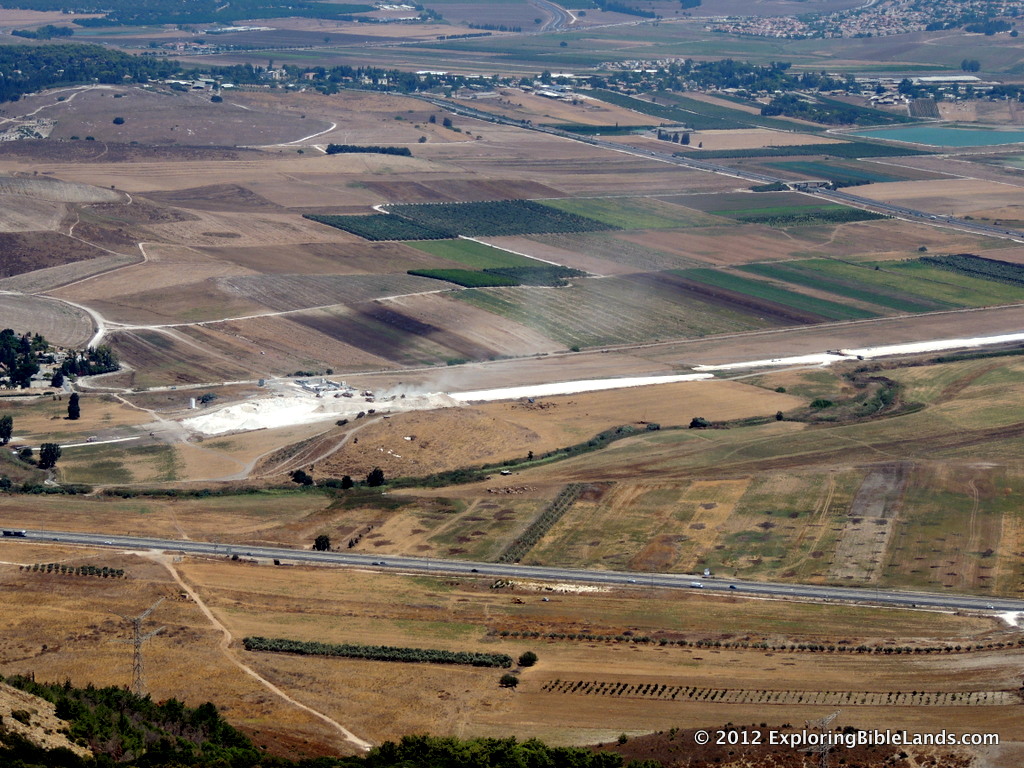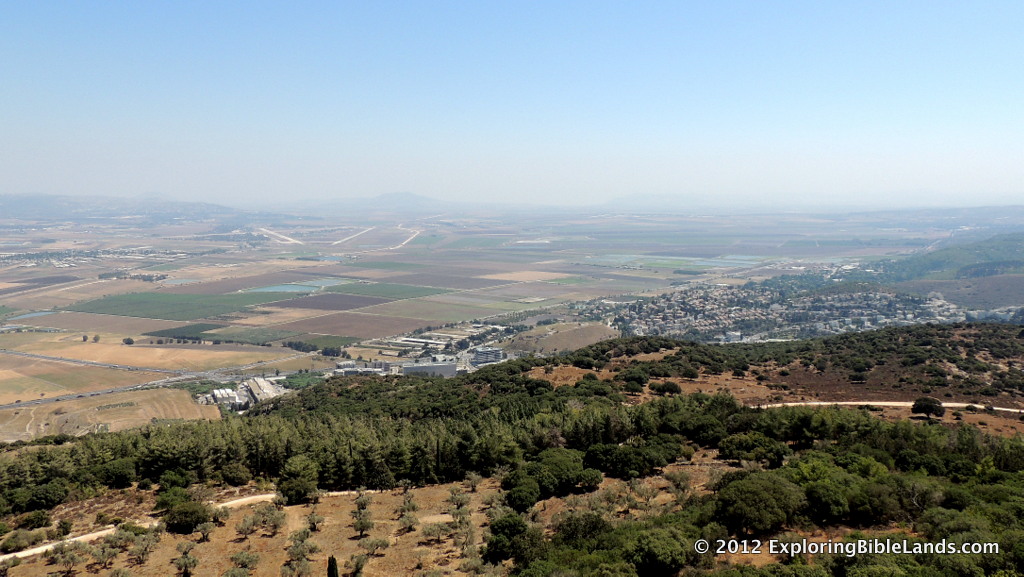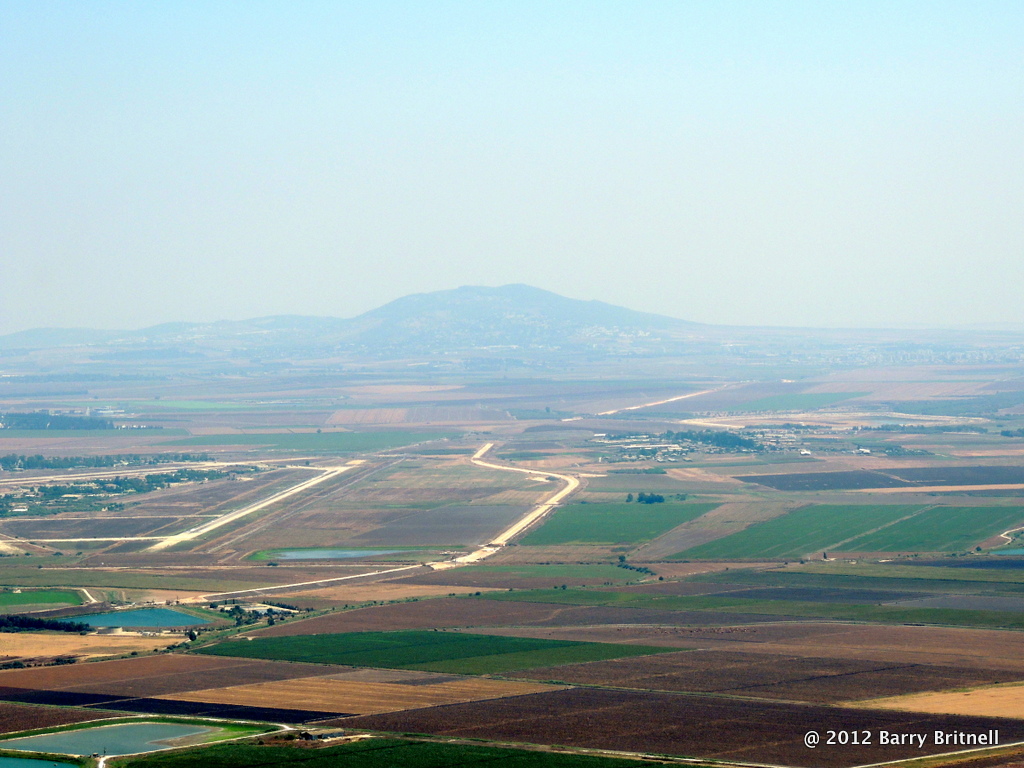 NOTE: I am continuing my series of retrospective posts on the our tour one year ago. I invite you to start at the beginning and read through all of them.
NOTE: I am continuing my series of retrospective posts on the our tour one year ago. I invite you to start at the beginning and read through all of them.
A year ago today, we went "up to Jerusalem". I have read that phrase a hundred times in the Scriptures. But until you actually go up those mountains and find Jerusalem on the ridge, you don't quite understand it.
We left our hotel in Tiberias and traveled south, stopping on Beit-shan. The excavations at this city are amazing and from the top of the tel, you can see the strategic importance of this city. Any traffic traveling east-to-west through the Harod Valley or north-to-south through the Jordan Rift Valley could be closely monitored by this city.
We followed this stop with visits to the Spring of Harod (where Gideon gathered his army of 300 men), Jezreel (where Ahab and Jezebel had a palace) and Samaria (which was one of the capitals of the Northern Kingdom of Israel).
Traveling through this area allows you to see multiple examples of terraced farming, which demonstrates how the early inhabitants of the land adopted this hilly countryside into useable farmland.
Our journey for today ended at one of the most beautiful cities in the world, Jerusalem.
Tomorrow: From the heights of Jerusalem, to the lowest place on earth.
Have you been enjoying these posts on last year's tour? Are you interested in traveling with me this year? Then, I would love to have you join me. Our 12-day tour is scheduled for October 12-23. We will stay one night on the Mediterranean Sea, three nights on the shores of the Sea of Galilee and five nights in beautiful Jerusalem. During the day, we will visit dozens of sites that will enhance your understanding of the land and of the Biblical stories that take place in them. Reservations are coming in, but we still have some availability! This is a first-class tour with many extras thrown in that many Israel tours overlook. If you are interested, I encourage you to read the itinerary and contact me personally for more details.


